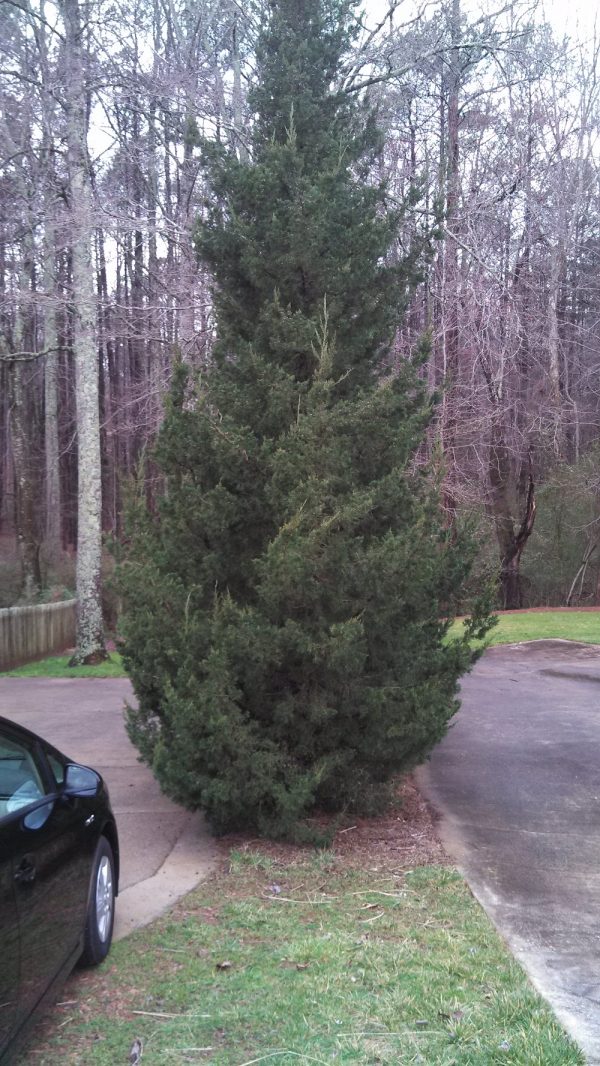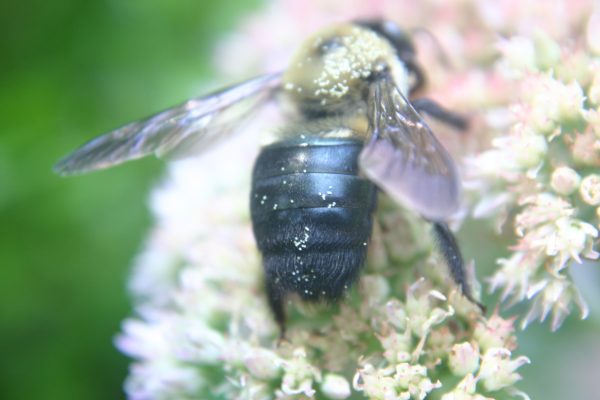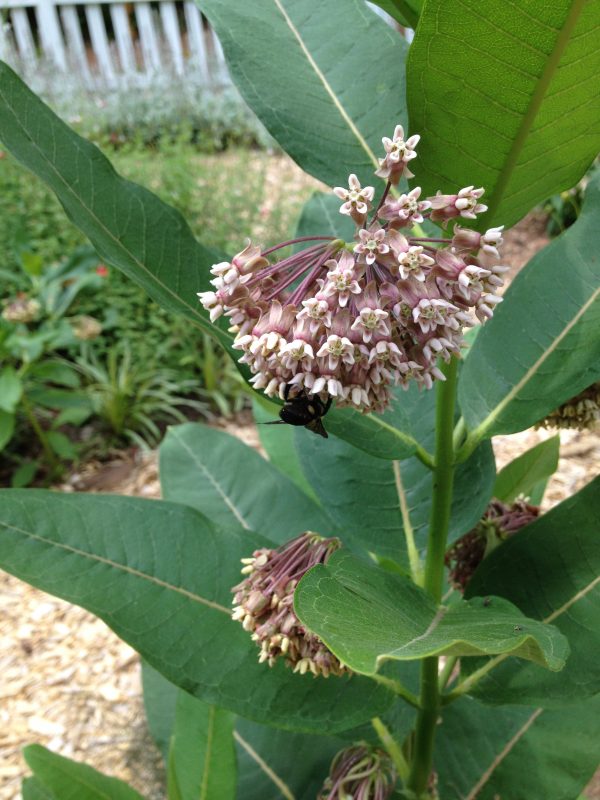To diagnose plant problems, follow the angles
I should have been a detective. As an adolescent, I devoured books about the Hardy Boys and their crime solving adventures. My friends Marcia W. and Kathy G. loaned me their copies of Nancy Drew. I read every Sherlock Holmes novel on the shelves of the Margaret Mitchell Public Library. I was entranced as the twists and turns of their multitudinous adventures unfolded.
Though I didn’t think about it when I was younger, logical problem-solving has fascinated me since. Whether deducing why a sprinkler valve won’t open, how to repair a mower or why boxelder bugs seem more prevalent this year, I like contemplating the vagaries of mechanics and nature.
Reader Julie S. recently presented me with an intriguing question about her trees. To wit:
We have two, five-year old Yoshino cherry trees in our front yard. The trunks are about six inches in diameter. Recently the leaves of one of the trees began to turn brown, so we began to give it additional water. Then we noticed that from the ground up to about six inches from the ground, the bark has been eaten completely away! On the other tree, although the leaves are not yet brown, the bark is also beginning to be eaten away. It is only missing about 2-3 inches of bark. There is some sap bubbling out, and there are ants there. Do you know what this is and what I should do?
ANIMALS? Putting on my imaginary Sherlock Holmes hat, I considered the situation. Bark disappearance could be caused by an animal gnawing on the lower trunk. If it were a beaver, the animal would not have stopped with just the bark. The whole trunk would likely be chewed through. Voles (mouse-like landscape rodents) are common bark chewing culprits but they are too small to nibble more than three inches above ground level.
PEOPLE? Perhaps the damage was caused by a two-legged animal. Is the lawn grass growing right up to the tree trunk? If the trunk is hit repeatedly by a lawn mower or a string trimmer, the tree will shed bark in the damaged area.
BORERS? Bark borers could feed under the bark and cause it to split, dry and curl up. Trunk borers could account for the bubbling sap Julie describes. If the sap has sawdust mixed with it, trunk borers are the culprit. If she finds bark borers under the loosened plates of tree skin, they can be flipped out with a twig and fed to the birds.
MY DIAGNOSIS My suspicion is that the missing bark is not due to mechanical, insect or animal damage. When a tree’s bark at ground level begins to deteriorate, I wonder if the tree was planted too low initially. Trees that were purchased “balled and burlapped” are particularly prone to this problem. The digging machine compresses soil around the trunk a few inches higher than the initial soil level in which the tree grew. If the tree was then planted just an inch or two lower than it should have been, the soil around the tree trunk now could be five inches higher than it should be.
Ornamental cherry, plum and peach trees are very sensitive to being planted too low. Their roots need to be close to the soil surface so the gasses they give off can dissipate quickly. If the Yoshino cherry trees were planted too deep, in a relatively small hole surrounded by heavy clay soil, the bark disappearance would be a natural result.
DISEASE? The bubbling sap could be caused by bacterial canker, also common on cherry, plum and peach trees. Nothing can be done directly – no anti-bacterial sprays or injections will solve the problem. Scientists have noted, however, that these trees are stressed when growing in acid soil. The stress makes them more susceptible to disease.
MY ADVICE? If Julie has never added lime to the area around the trees, the soil pH is probably lower than it should be. Anyone growing ornamental cherry or plum trees can use the following technique.
Regular garden lime takes years to counteract soil acidity. A quick method of raising soil pH in a limited area is to add hydrated lime. This chemical is available at most garden centers. You’ll need one pound for every inch of tree trunk thickness. Mix one pound at a time in five gallons of water and sprinkle it evenly under the drip zone of each tree. Use caution when handling or mixing the stuff – hydrated lime powder is extremely irritating. Afterwards, scatter garden lime over the spot, again at the rate of one pound per inch of trunk diameter. Water everything into the soil thoroughly. If the trees survive the next few years, have the soil tested then by your local Extension office to make sure the soil pH is between 6.0 and 7.0.
Diagnosing the problem with the cherry trees is not as oblique as noticing the dog which did not bark nor as obvious as observing the purloined letter in plain view. If Julie considers all of the possibilities I’ve described, however, I think she’ll be able to determine what caused the brown leaves on her tree. Not much can be done if was planted too low five years ago. Raising the pH will give her something to do while nature runs it course and if her trees go ahead and die the new cherry trees will benefit from the lime.















